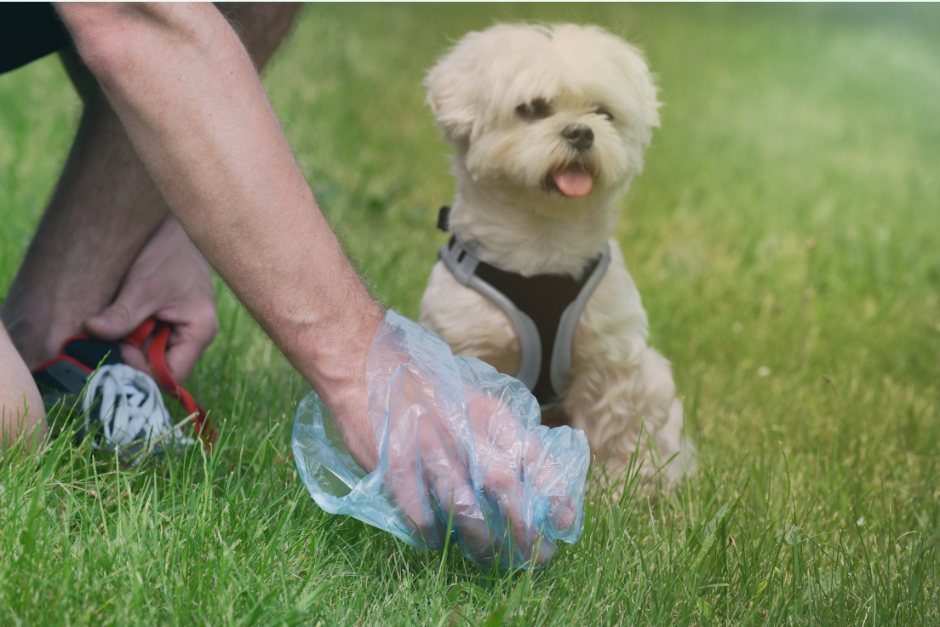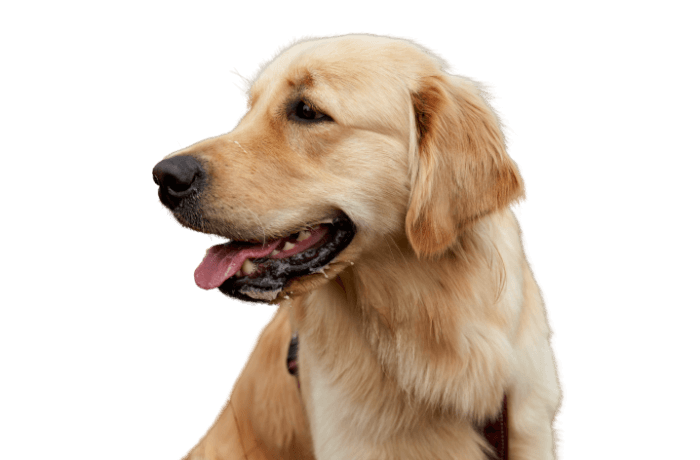
Though it may not be your favorite topic to think about or discuss, your dog’s poop can actually provide some very good clues about their general health status. We’ve tried to keep the yuck in this article to a minimum but there’s no other way to dress up this dog poop thing … so here we go.
Get ready for some tough yet helpful crap.
In search of the perfect poop
It’s important to get to know your pup’s poop well and understand what is normal for them. That way, you will be able to recognize any changes in their stools. So, if you’re wondering what’s a perfect poop should like, well…It should be chocolate brown, compact, solid but a bit squishy, in one log-like piece, hold its shape when picked up and with size proportionate to the amount of food your dog ate.
The proof is in the poop

Meet the four C’s —color, consistency, content and coating. These are fundamental to examining canine feces and may indicate internal problems you and your vet may have missed or may need to investigate.
Color- Anything other than light or dark brown – ideally a milk chocolate color – may be cause for concern. For instance, orange or yellow shades can possibly be caused by biliary or liver problem, green stool might indicate a gall bladder issue (or just simply imply your dog is into grass), white, rice-like grains which may be tapeworm or black, coffee-like stool which could be a sign of possible internal bleeding.
Consistency – A runny or watery poop might be a sign of intestinal upset. Perhaps due to something your pooch ate, something he shouldn’t have. If, on the other side, the poop feels too hard or dry, he may be suffering from dehydration or constipation. In addition, the number of times your dog poops each day should be consistent – whether that’s once or four times per day. As long as it is the same every day, there’s no need to worry.
Content – Generally speaking, there should be nothing in your dog’s poop if they are healthy. You may find small traces of fur or food, but only in minute amounts. Anything more than this is a reason to contact your vet.
Coating – A healthy canine stool sample will have no visible coating and leave behind no residue when it’s picked up. The presence of mucus (sorry, we’ve warned you…) might indicate inflamed colon while any sort of sticky or watery remnants can mean your pet isn’t digesting food properly.

If you notice any of these characteristics in your pooch’s poop and wonder how soon you should visit a vet, you should know it actually depends on variety of factors, including how long they’ve been going on for, how severe they are, what your dog’s appetite and energy level is, whether or not they’re also vomiting etc. But one thing’s for sure, the earlier you catch potential poop problems, the better it will be for both you and your dog.
Now that we’ve reviewed the main things you can learn about your dog’s health from their poop, you’re probably thinking: “I wish there was a way I could send a pic of their stool straight to a vet”. Well, it must be your lucky day as Dogiz, the new app for dog owners, will not only help you raise healthier dogs by providing a deeper understanding of their health, but will also allow you the get the first ever digital gastro analysis of their poop. Yep, just let our AI Dr. Poop have a look and tell you if you need to be concerned or not.



